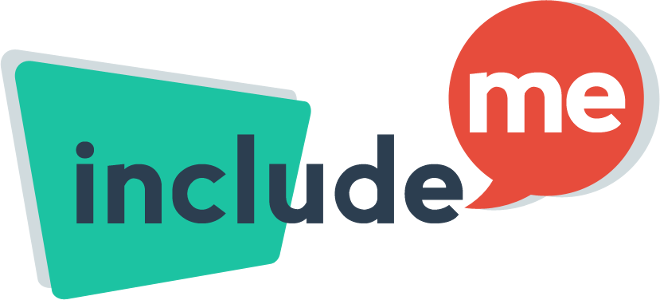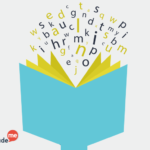Length of session
LEARNING OBJECTIVES
- Identify what is needed for a person to feel confident.
- Identify ways to build the confidence of self and others.
- Commit to doing one thing to strengthen their self-confidence.
Materials Needed
Visual means for recording ideas
(paper, chart paper, or white/chalk board and markers/chalk)
Discussion and Demonstration
duration of activity
Give each participant a small object. Each person should have the same type of object, such as all stones or all nuts. Ask participants to look at their object and identify the characteristics that are unique to their object and that make it special. Gather all of the objects and place them in a pile at the front of the room. Have participants come forward and find their own object based on its unique characteristics.
Facilitator’s Note
(paper, chart paper, or white/chalk board and markers/chalk)
Participants may think it is impossible to distinguish between the object they originally found and all of the other objects. Encourage them to continue their search. Participants may also look at the objects already selected by other participants to make sure their original object has not been misidentified by another person. After participants have found their object, ask a few of them to comment on what was special about their object. Summarize the activity by indicating that, just as each object is unique, each person is also unique and possesses unique talents and strengths. Recognizing their own talents and strengths can build their self-confidence.
Facilitator’s Input and Discussion
duration of activity
Explain the characteristics of a self-confident person. A self-confident person:
Recognizes or acknowledges his or her strengths, such as skills, knowledge, or talents; and Have other people who appreciate his or her strengths (skills, knowledge, or talents). Explain that people need to try to keep these two parts of self-confidence strong so they will be able to move forward with their personal lives. Building self-confidence is a life-long process. Remember: The two parts of self-confidence are your recognition of your own strengths and the recognition from others of your strengths. If you have one of the two parts, you can feel confident, but you will feel even more confident with both parts strong.
Explain that one way that a person knows someone has appreciated his or her strengths is when he or she receives a compliment or is praised for something. For example, if someone said, “You have cleaned this room thoroughly.” The person who made the statement would be expressing appreciation for the careful way a person did this task. While at times it is embarrassing to receive compliments or praise for things we have done or said, it is our responsibility to accept the praise politely knowing that the person was expressing his or her appreciation. Suggest that one way to improve self-confidence is to learn new skills, improve the skills you have, to do a task well or gain new knowledge. Ask participants to suggest ways people can gain new skills and knowledge. Suggest the following if not mentioned by the participants:
- Take a class or join a new course.
- Find someone who knows what you want to learn and ask for help.
- Build confidence in reading, by reading out loud.
- Find someone who is good at something and observe that person doing the task. Notice how he or she behaves. Now try doing that same activity yourself.
- Read a book.
- Build confidence in speaking by practicing in front of a mirror.
- Use a computer to look up information or resources.
- Practice something you want to get good at doing.
- Volunteer at work and do the task well.
Ask participants to create their personal self-confidence flag. Have them divide a piece of paper into three columns or use three sheets of paper and tape them together. In one column, have participants write or draw the skills, knowledge and talents they recognize in themselves. Focus on selecting positive words and narrowing the selection to be specific. In the second column, have them list the people who appreciate their strengths. In the third column, have them write or draw strengths people appreciate about them. Have participants walk around the room and share their flags with one another. Explain that they are to read one another’s lists. If you appreciate something about the person, share what you appreciate about him or her. As others share appreciation with you, add their name and list the skill, knowledge or talent they mention.
Large Group and Paired Discussion
duration of activity
Ask participants: Why do you think having self-confidence is important?
Ask participants to identify one way they will build their personal self-confidence. Have participants share their ideas with a partner sitting close to them. Encourage participants to act on their ideas for building their personal self- confidence by doing the following:
Notice the skills and talents they have. Add these skills and talents to their flag over the next few weeks. Notice when others say they appreciate something about them. Add these comments to their flag as they hear them. Develop a new skill. Add these skills to their flag over the next few weeks.











Recent tips